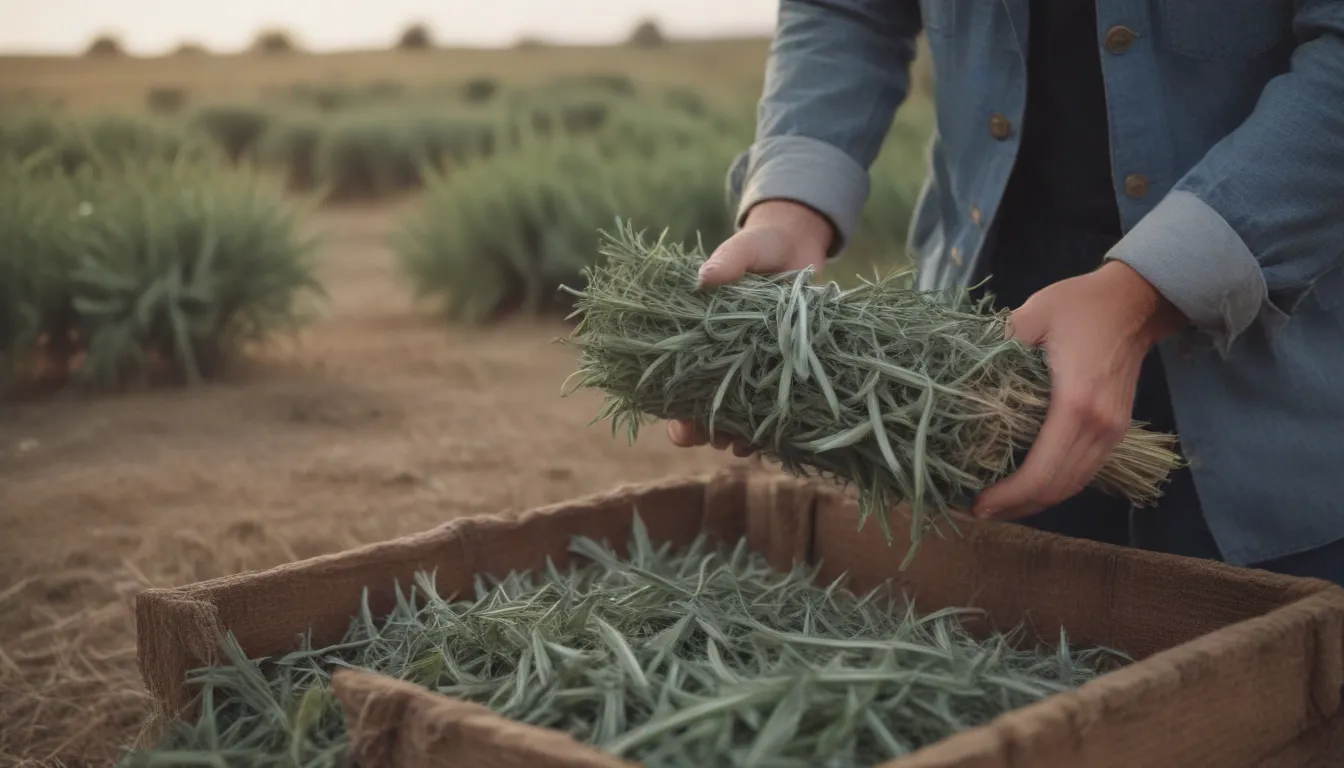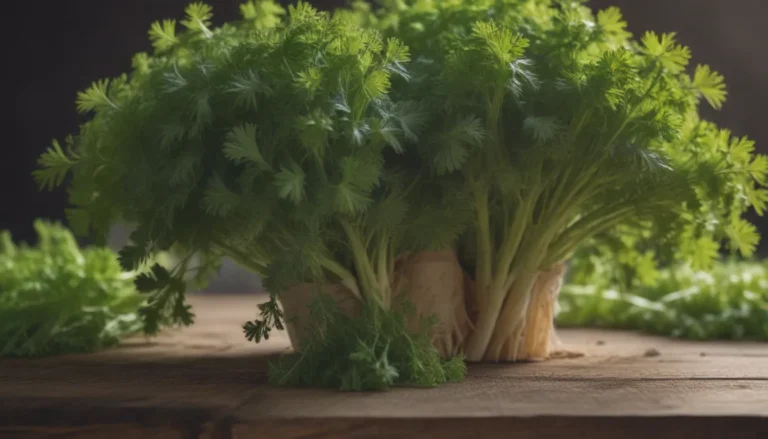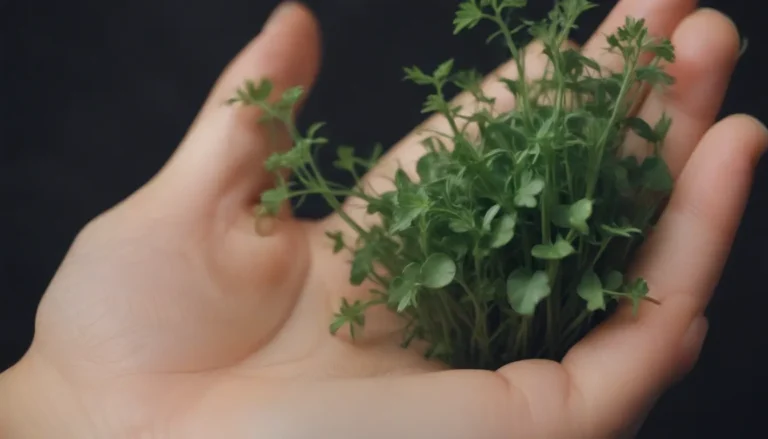Sage Harvesting 101: Tips and Tricks for Delicious Cooking and More

Sage, a versatile herb with a strong aroma and flavor profile, is a staple in many kitchens. Whether you’re using it to season your favorite dishes or to freshen up your home, knowing how and when to harvest sage is key to getting the most out of this wonderful herb.
Understanding Sage and its Benefits
Sage belongs to the woody perennial herb family and is known for its essential oils like camphor, thujone, and pineole. These oils give sage its distinct musky and pungent taste and aroma. The herb is commonly used in cooking to add flavor to dishes, but it is also popular for smudging rituals and as incense for its aromatic properties.
When it comes to harvesting sage, knowing the right time and method is crucial to preserving its flavor and aroma. By following a few simple tips, you can ensure that you get the best results from your sage harvest.
When to Harvest Sage
- Most leafy herbs have the richest flavor and aroma before they flower, but common garden sage can be an exception depending on growing conditions.
- While you can harvest sage before, during, and after flowering, leaf production may slow down once the plant sets flower buds.
- Common sage is hardy and can bloom in the spring with purple flowers along the stem. It may even produce flowers throughout the growing season.
- Experiment with harvesting leaves at different times to see how flowering affects the taste of your sage.
In the first year of growth, harvest sage leaves lightly, taking only a few throughout the season. Once the plant has established a strong root system and bushy growth, you can harvest leaves in greater quantities. The best time of day to harvest is mid-morning after the dew has dried, allowing the essential oils to be at their most concentrated.
Tip:
- Sage flowers are also edible and can add unique flavors to your dishes. They are used in teas, jellies, vinegars, and syrups for a fruity or spicy twist.
How to Harvest Sage
- Throughout the growing season, you can harvest sage by the leaf or by removing a stem with a whorl of leaves.
- In late winter or early spring, cut back your plants by about one-third of the total growth just above a node.
- Use a small hand pruner or clippers for late winter pruning, or simply pinch the leaves between your thumb and forefinger for harvesting.
How to Dry and Store Sage
- Sage leaves are thicker compared to other leafy herbs and take some time to dry naturally. They are ready when they crumble easily.
- Store the leaves in whole form to preserve their flavor, as breaking them down can cause them to lose essential oils.
- Dry the leaves completely before storage to prevent mold and discoloration.
- Glass containers with tight-fitting lids are best for preserving the flavor and color of dried sage.
- If you choose to grind the herb before storage, use it within a year to ensure the best flavor.
Fresh sage can also be stored by wrapping the leaves in a paper towel and placing them in the refrigerator, or by placing the stems in a small amount of water. Use fresh sage within a week to maintain its freshness and flavor.
Tips for Harvesting Sage
- A study on the chemotaxonomy of common sage revealed valuable insights into the volatile constituents of Salvia officinalis, providing a deeper understanding of the herb’s properties and benefits.
- To learn more about the specific varieties of sage and their unique characteristics, consult resources such as the North Carolina State Extension.
By following these tips and techniques for harvesting sage, you can enjoy the full benefits of this wonderful herb in your cooking and home. Experiment with different harvesting methods and timing to discover the flavors and aromas that suit your taste preferences best. Sage is a versatile herb that can enhance a wide range of dishes, so don’t be afraid to get creative in the kitchen with your freshly harvested sage!





